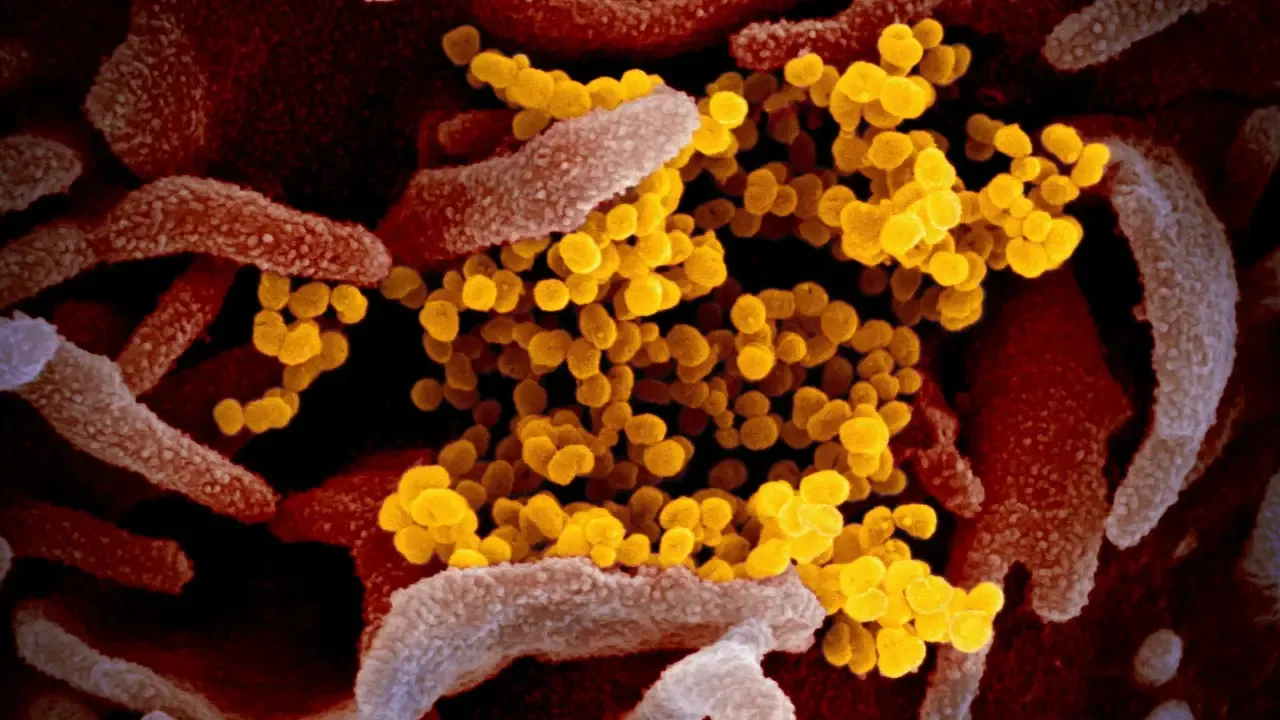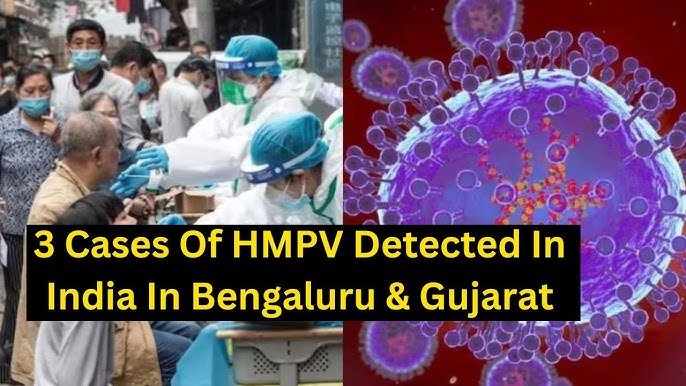Amid reports of a Human Metapneumovirus (HMPV) outbreak in China, Indian health authorities are taking proactive measures to monitor situation. Officials have assured public that virus is comparable to other respiratory viruses that cause cold-like symptoms, emphasizing need for caution without panic.
Dr. Atul Goel, Director General of Health Services (DGHS), addressed concerns, stating, “HMPV spread in China is like any other respiratory virus that causes cold, there is no need for alarm.” He urged citizens to follow standard precautions against respiratory infections to mitigate risks.
HMPV: Nature and Impact
HMPV, a respiratory virus first identified in 2001, is known to cause cold-like symptoms, particularly in young children, elderly, and individuals with weakened immune systems. Symptoms may include fever, cough, nasal congestion, and shortness of breath. Severe cases can occasionally lead to complications such as bronchiolitis or pneumonia.
Dr. Goel explained, “Metapneumovirus is like any other respiratory virus which causes common cold, and in very old and very young, it could cause flu-like symptoms. However, it is important to note that HMPV is not a new virus and has been studied extensively in past.”
Current Scenario in China
Reports from China indicate a surge in respiratory illnesses, including cases of HMPV, seasonal influenza, rhinovirus, and respiratory syncytial virus (RSV). Between December 16 and 22, 2024, hospitals in major cities reported an increase in acute respiratory infections, causing strain on healthcare facilities.
Despite rising numbers, health authorities in China have highlighted that scale of respiratory illnesses this year is lower than previous year. World Health Organization’s Western Pacific Region Office (WPRO) attributed this to expected seasonal increases during winter months in northern hemisphere.
India’s Preparedness and Response
India’s National Centre for Disease Control (NCDC), under Union Health Ministry, is actively monitoring developments in China. NCDC is in close contact with international health agencies and continues to analyze domestic respiratory cases for any unusual patterns.
| Aspect | Details |
| Surveillance | NCDC monitors respiratory outbreaks and seasonal trends across India. |
| International Collaboration | Close coordination with global health organizations to validate updates and stay informed. |
| Domestic Status | No significant increase in respiratory illness cases reported in India during December 2024. |
Health authorities have reiterated importance of adhering to standard precautions, such as wearing masks in crowded spaces, practicing good hand hygiene, and avoiding close contact with symptomatic individuals.
Expert Insights on HMPV
Health experts have weighed in on significance of HMPV outbreak and its implications. Dr. Arjun Dang, CEO of Dr. Dang’s Lab, underscored importance of enhanced surveillance and early detection to contain potential outbreaks.
“HMPV, a relatively underrecognized pathogen, has been a silent contributor to seasonal respiratory illnesses globally. Its resurgence underscores ever-evolving challenges posed by respiratory viruses, particularly in high-density populations,” said Dr. Dang.
Experts also highlighted role of robust public health infrastructure and vaccination programs in minimizing impact of respiratory illnesses.
Public Reassurance
Dr. Goel emphasized that there is no cause for alarm in India, as current analysis of respiratory outbreaks has not shown any unusual trends. “We are monitoring situation closely and will continue to update public as needed. best approach is to remain vigilant and follow recommended health protocols,” he said.
Authorities have advised avoiding unnecessary travel to regions with reported outbreaks and seeking medical attention promptly if respiratory symptoms develop.
Global Perspective on HMPV
Globally, HMPV has been identified as a common cause of respiratory illness, particularly during winter months. Research indicates that virus often co-circulates with other respiratory pathogens, such as RSV and influenza, complicating diagnosis and management.
World Health Organization has not declared HMPV a global health emergency but has urged countries to strengthen surveillance and response mechanisms.
| HMPV Key Facts | Details |
| First Identified | 2001 |
| Transmission | Person-to-person via respiratory droplets and close contact. |
| Symptoms | Fever, cough, nasal congestion, shortness of breath; severe cases may cause pneumonia. |
| Prevention | Hand hygiene, mask-wearing, avoiding contact with symptomatic individuals. |
India’s Proactive Measures
India’s health system has demonstrated resilience in managing respiratory outbreaks, leveraging lessons learned during COVID-19 pandemic. Key measures include:
- Enhanced Surveillance: Regular updates from NCDC on respiratory illness trends and patterns.
- Public Awareness Campaigns: Educating citizens on preventive measures to curb spread of respiratory infections.
- Rapid Response Teams: Deployment of specialized teams to investigate and manage localized outbreaks, if necessary.
Summary of Major Developments
| Aspect | Details |
| HMPV in China | Reports of increased respiratory illnesses, including HMPV, amid winter season. |
| India’s Response | Active monitoring by NCDC; no significant rise in domestic cases reported. |
| Public Health Measures | Emphasis on standard precautions such as mask-wearing and hygiene practices. |
| Expert Views | Importance of surveillance, early detection, and adherence to preventive protocols. |
Final Remarks
While India monitors HMPV outbreak in China closely, health officials have assured public that there is no immediate cause for alarm. Citizens are encouraged to stay informed, follow recommended precautions, and trust authorities to manage situation effectively.
Disclaimer
This article is based on currently available reports and expert insights as of 04 Jan 2025. Readers are advised to rely on official updates from health authorities for accurate and timely information regarding HMPV and related developments.

